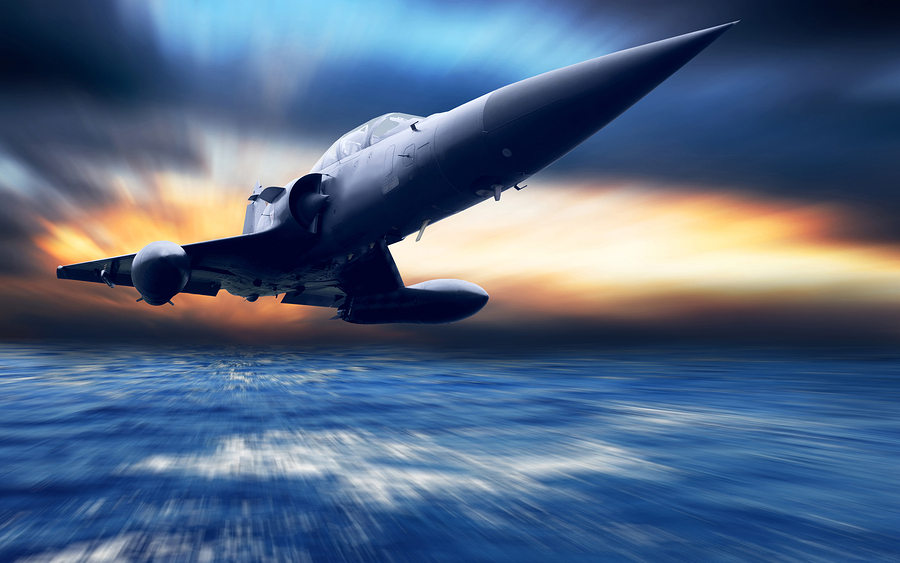The aerospace industry features environments where innovation, career development and continuous training are standard procedure. Here’s an overview of what this sector has to offer.
A heavyweight
With 87,000 direct jobs, the aerospace industry is without a doubt one of the heavyweights of the Canadian economy. According to the Aerospace Industries Association of Canada (AIAC), it includes more than 500 companies of various sizes, which produced $28 billion in goods and services, in 2017, of which 80% were exported.
Quebec is particularly well positioned: the Comité sectoriel de main-d’œuvre en aérospatiale du Québec (CAMAQ) says that the Quebec aerospace industry is the sixth largest in the world, with annual revenues of $14.4 billion. Alone, it accounts for 2% of GDP, and is at the forefront of the province’s manufacturing exports. Montreal is the third largest global aerospace centre, after Toulouse and Seattle. Québec accounts for more than 50% of Canada’s aerospace production.
The companies include major aircraft firms, large subsystem manufacturers and numerous smaller subcontractors.
The Canadian aerospace industry is divided into three main sectors: design and engineering, after-sales service and maintenance. Thousands of people work in each of these fields.
A promising future
The aerospace industry is cyclical and periodically experiences turbulence. This was the case after 9/11, as well as 2008–2009, when the recession affected some sectors more than others, like private aircraft and small engines. “But if we compare it to the Canadian manufacturing industry overall, aerospace is doing relatively well,” notes Claude Lajeunesse, AIAC President.
When it comes to aerospace, Québec means innovation. Major R&D investors such as Pratt & Whitney, Bombardier Aerospace and CAE are located in Montréal where more than 70% of all Canadian aerospace R&D is carried out . This represents an investment of approximately $700 million a year. Québec has about 20 public and private research centres that work closely with private companies and play a key role in driving innovation for products and services.
According to Carmy Hayes, Project Manager at CAMAQ, “Every economic cycle provides the industry with the opportunity to question itself. Yes, some products disappear and others are less popular, but you also have new models coming on board.” In other words, looking at the situation globally, while there are layoffs, there is also hiring to design and manufacture new aircraft.
| Workers Categories | Real employment (Jan. 1st, 2017) | Expected hiring –> 2019 |
| Pilots (planes, helicopters, drones) | 2016 | 387 |
| Flight attendant | 3102 | 274 |
| Air traffic control | 113 | 31 |
| NAVIGATION | 5231 | 692 |
| Avionics | 329 | 40 |
| Mechanic / Maintenance | 138 | 150 |
| Structure | 196 | 12 |
| Manufacturing / Assembling | 623 | 86 |
| AERONEFS MAINTENANCE | 2533 | 288 |
| Airport & Cargo ground services | 2390 | 177 |
| HR Management and Training | 159 | 38 |
| Other positions | 5242 | 331 |
| OTHER POSITIONS | 7731 | 546 |
| TOTAL | >15555 | 1526 |
CAMAQ – May 2017
